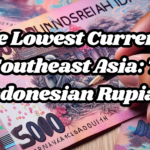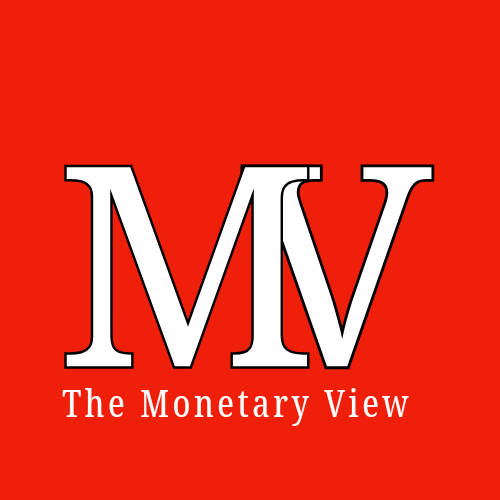Dhaka, May 23, 2024 — Over the past decade, Bangladesh has transformed from a struggling economy into one of Asia’s most dynamic and fastest-growing nations. Often overlooked in discussions of emerging markets, Bangladesh is now drawing global attention for its impressive economic achievements and promising future prospects.
Remarkable Growth Trajectory
Bangladesh has maintained an average annual GDP growth rate of over 6% for the past decade, reaching a peak of 8.2% in 2019. Despite the global economic slowdown caused by the COVID-19 pandemic, the country showed remarkable resilience, rebounding quickly and continuing its upward trajectory. In 2023, Bangladesh’s GDP growth rate was reported at 7.5%, placing it among the top performers in Asia.
Key Drivers of Economic Growth
Several factors have contributed to Bangladesh’s economic rise:
- Textile and Garment Industry: The backbone of Bangladesh’s economy, the textile and garment sector, accounts for more than 80% of the country’s exports. With competitive labor costs and a well-established manufacturing base, Bangladesh has become the world’s second-largest apparel exporter, after China.
- Foreign Direct Investment (FDI): The country has seen a steady increase in FDI, with multinational companies investing in various sectors such as telecommunications, energy, and manufacturing. The government’s pro-business policies and infrastructure development have further enhanced the investment climate.
- Remittances: Remittances from Bangladeshi expatriates have been a significant source of foreign exchange. In 2023, remittances amounted to $24 billion, providing a stable inflow of funds that support domestic consumption and investment.
- Agricultural Reforms: Innovations and reforms in the agricultural sector have improved productivity and food security. Bangladesh is now self-sufficient in rice production and has diversified into high-value crops like fruits and vegetables.
- Information Technology: The IT sector is burgeoning, with Bangladesh becoming a hub for software development and IT services. The government’s Digital Bangladesh initiative aims to transform the country into a knowledge-based economy.
Infrastructure and Policy Reforms
Bangladesh’s government has undertaken significant infrastructure projects to support economic growth. The Padma Bridge, which opened in 2022, is expected to boost connectivity and trade across the country. Additionally, the Dhaka Metro Rail and various road and port projects are set to improve logistics and reduce congestion.
Policy reforms have also played a crucial role. The government has simplified business regulations, improved tax administration, and strengthened the legal framework for business operations. Efforts to enhance education and vocational training are aimed at building a skilled workforce to meet the demands of a growing economy.
Challenges Ahead
Despite the impressive progress, Bangladesh faces several challenges. The country must address issues such as political stability, corruption, and environmental sustainability. Rapid urbanization has led to significant infrastructure and housing demands, while climate change poses a threat to its agriculture and coastal regions.
A Promising Future
The International Monetary Fund (IMF) projects that Bangladesh will continue its robust growth, with a forecasted GDP growth rate of 7.2% for 2024. As the country progresses towards becoming a middle-income nation, it stands as a testament to the power of strategic economic planning and the resilience of its people.
Conclusion
Bangladesh’s economic rise is a compelling success story in the global economy. From its foundations in the textile industry to its burgeoning IT sector, the country has diversified its economic base and implemented policies that have fostered growth and development. As Bangladesh continues on this upward trajectory, it serves as an inspiring example for other developing nations striving for economic transformation.







